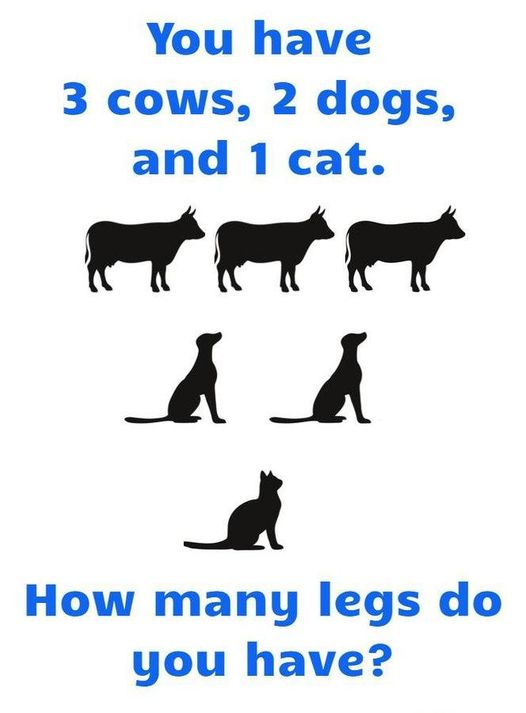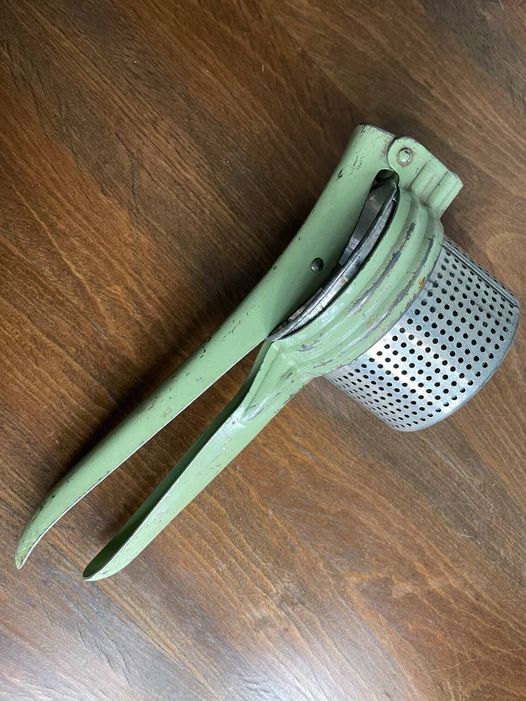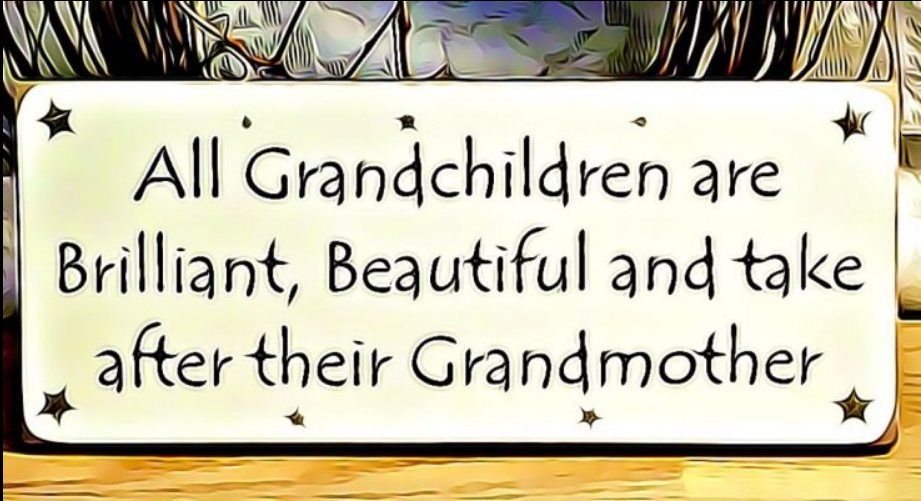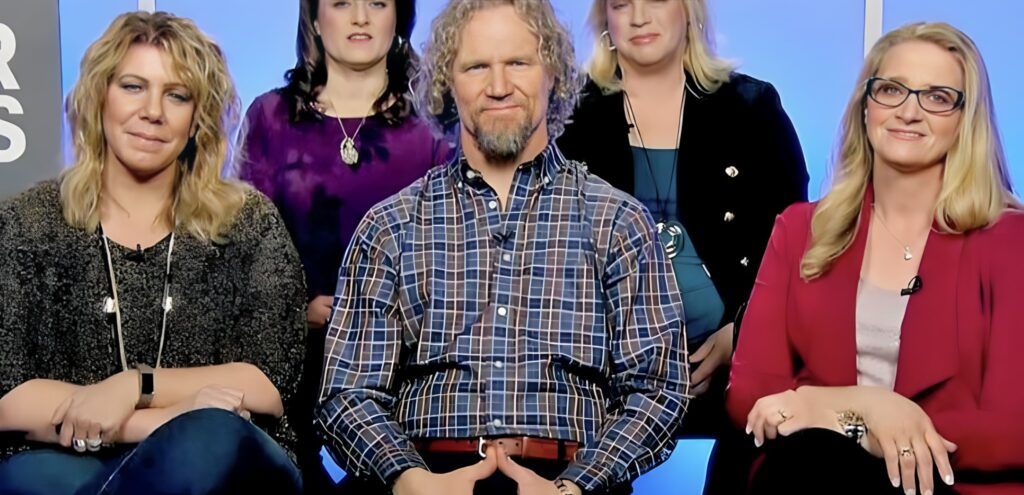Upon first glance, it seems that the question is asking for the combined total number of legs for all the animals. Let’s break this down:
- Cows: Each cow has 4 legs, and there are 3 cows.
- 4×3=124 \times 3 = 124×3=12 legs.
- Dogs: Each dog also has 4 legs, and there are 2 dogs.
- 4×2=84 \times 2 = 84×2=8 legs.
- Cat: The single cat, just like the cows and dogs, has 4 legs.
- 4×1=44 \times 1 = 44×1=4 legs.
Summing all the legs of the animals:
- 12 (cows)+8 (dogs)+4 (cat)=2412 \text{ (cows)} + 8 \text{ (dogs)} + 4 \text{ (cat)} = 2412 (cows)+8 (dogs)+4 (cat)=24 legs.
However, this is where the trick of the question comes into play. The teaser doesn’t ask how many legs the animals have in total. Instead, it asks, “How many legs do you have?”
The wording makes you instinctively think of the animals’ legs, but the question focuses on you, the person reading it. Therefore, the correct answer depends on the reader’s legs — and assuming you’re a typical human, you have 2 legs.
Final Answer:
Despite the animals in the question, the correct answer is 2 legs, referring to your own legs. This puzzle cleverly plays with expectations, making you think about the animals rather than focusing on yourself as the subject of the question.
This type of riddle serves as a fun reminder that sometimes, the obvious answer isn’t always the correct one — it’s all about carefully reading the question!





